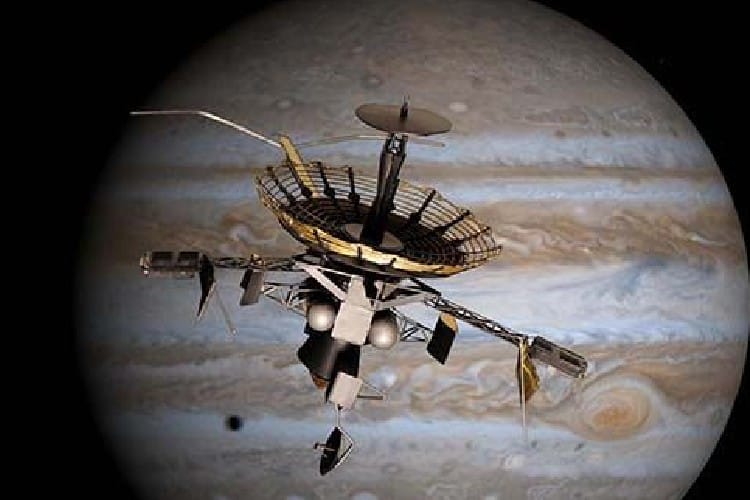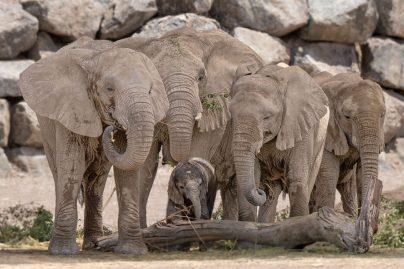This Day, That Year – October 29
Sat 29 Oct 2022
This day in history we feature Galileo Spacecraft. The American Galileo spacecraft was the first probe to visit an asteroid on this day in 1991.
Trivia – Galileo Spacecraft
Galileo was an American robotic space probe that studied the planet Jupiter and its moons, as well as the asteroids Gaspra and Ida. Named after the Italian astronomer Galileo Galilei, it consisted of an orbiter and an entry probe. It was delivered into Earth orbit on October 18, 1989 by Space Shuttle Atlantis. Galileo arrived at Jupiter on December 7, 1995, after gravitational assist flybys of Venus and Earth, and became the first spacecraft to orbit an outer planet.
Related read – ISS to alter orbit altitude before the Russian cargo spacecraft’s arrival
The Jet Propulsion Laboratory built the Galileo spacecraft and managed the Galileo program for NASA. West Germany’s Messerschmitt-Bölkow-Blohm supplied the propulsion module. NASA’s Ames Research Center managed the atmospheric probe, which was built by Hughes Aircraft Company. At launch, the orbiter and probe together had a mass of 2,562 kg (5,648 lb) and stood 6.15 m (20.2 ft) tall. Spacecraft are normally stabilized either by spinning around a fixed axis or by maintaining a fixed orientation with reference to the Sun and a star. Galileo did both. One section of the spacecraft rotated at 3 revolutions per minute, keeping Galileo stable and holding six instruments that gathered data from many different directions, including the fields and particles instruments. Galileo was intentionally destroyed in Jupiter’s atmosphere on September 21, 2003. The next orbiter to be sent to Jupiter was Juno, which arrived on July 5, 2016.
Source – Wikipedia
This day in history Blackpool Tramway

 Apr 24 2024
Apr 24 2024













